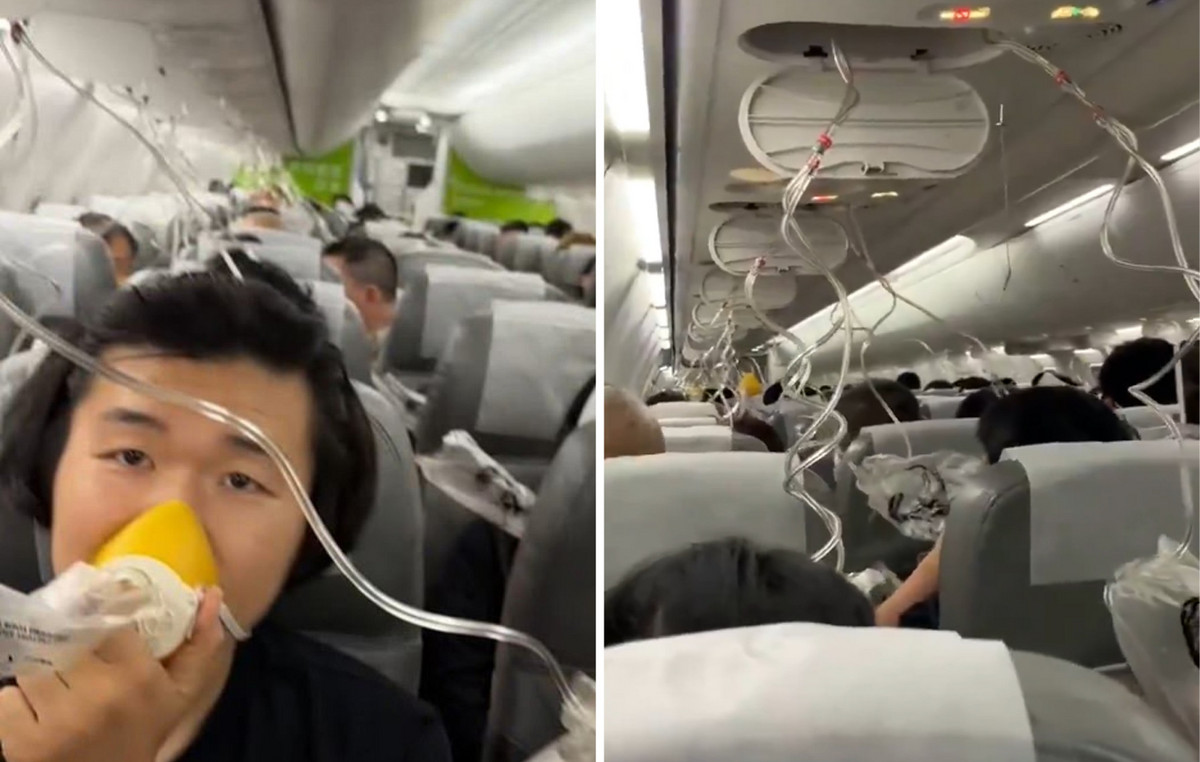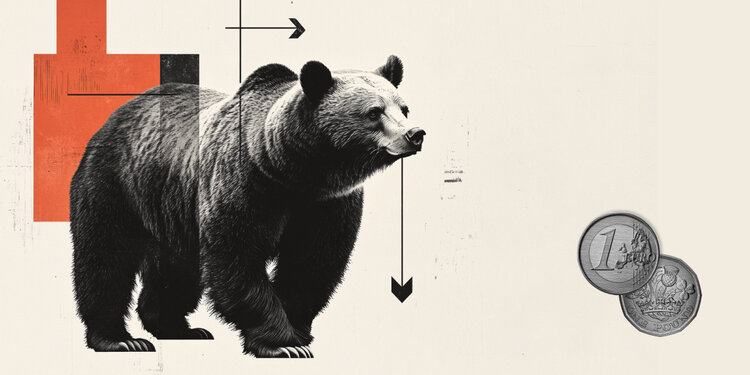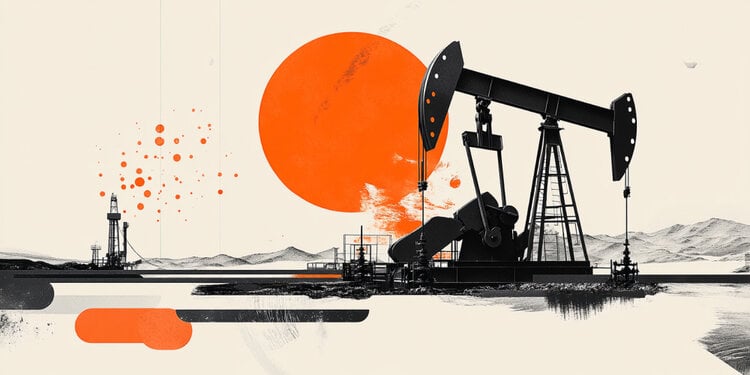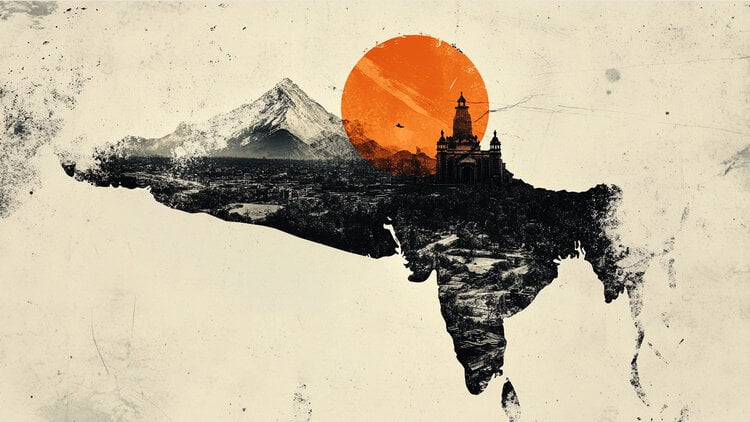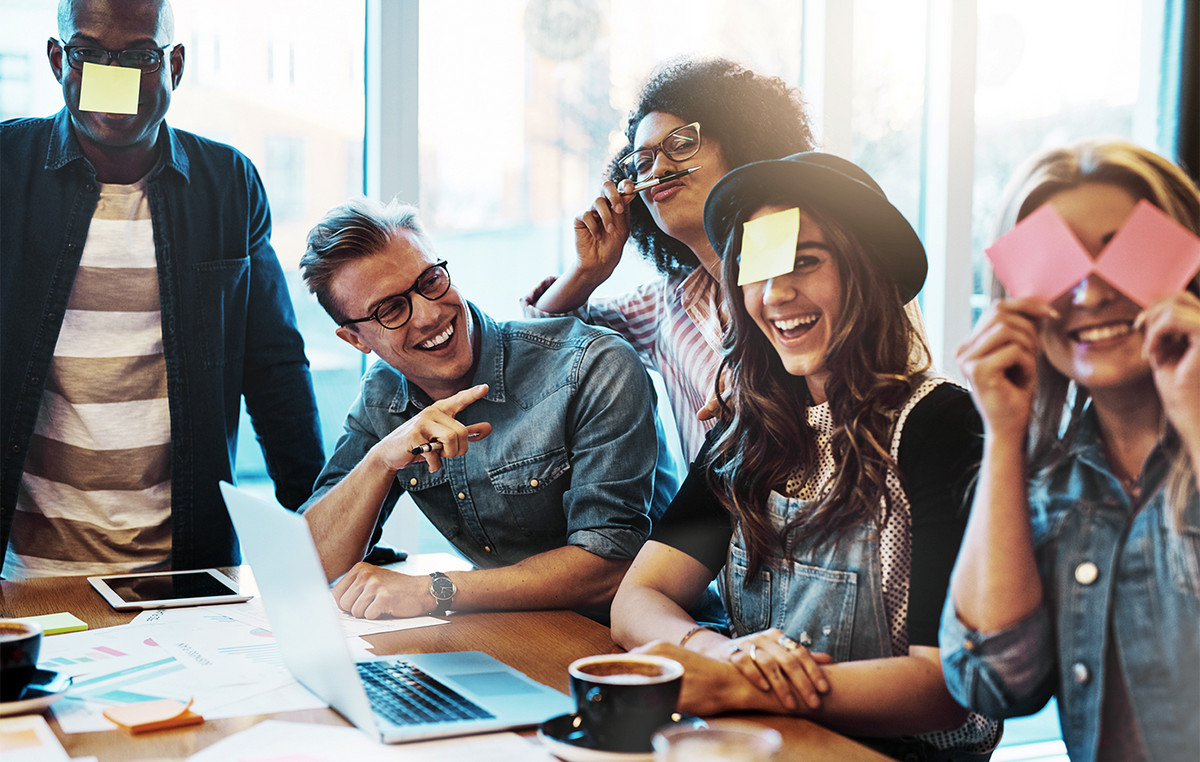As in the case of listening to your own voice in a recording, few people are happy with their appearance in photographs in 100% of cases – most often you have to take at least 5, or even 10 pictures, among which you will want to show 1 with a stretch to subscribers in social networks. However, unlike the same listening to one’s speech, here the reasons lie not so much in the structural features of the human body (one’s own voice is transmitted through bone and other tissues, which is distorted), but in psychological perception. However, not everything is so simple – there are quite a few reasons why we turn out worse than expected in photographs. In this article, we take a look at the main ones.
We are used to seeing ourselves in the mirror, not in the pictures.
Back in 1876, the first studies of the “principle of familiarity” appeared – scientists found that the more often a person sees someone, the more attractive he seems to him. This effect is manifested not only with other people, but also with oneself.
We see ourselves in the reflection of mirror surfaces much more often than in photographs – this plays a very important role. The fact is that the human face (and the body as a whole) is asymmetrical. This is due to both the natural structure and artificial manipulations:
- many people part their hair on one side, and not exactly in the center;
- in most people, one eye is slightly larger than the other, and one eyebrow is fuller / pointed / straighter than the other;
- often when smiling, one side of the mouth rises more than the other;
- many have a mole, scar or other sign on one of the halves of the face.
In addition, in our minds, asymmetry is aggravated if it is associated with the structure of the face. Suppose you are used to the fact that in the mirror your nose is skewed to the left by 4 mm. When viewing a photo (non-mirror) your nose will be turned the other way and will already be deviated by 8 mm from where you expected it to be.
As a result, it turns out that we are used to seeing ourselves as one, and in the pictures we get noticeably different.
Once photographer with 28 years of experience Kim Ayres (Kim Ayres) conducted an experiment and found that 90% of people prefer their mirrored photos over normal ones – but when viewing pictures of strangers, opinions are divided equally.

💡 Informative: facial asymmetry is a good distinguishing feature by which people remember each other. Almost symmetrical physiognomies are much less likely to remain in our memory.
In our minds, we consider ourselves more beautiful than we actually are.
In 2008, a study was conducted in which real photos of participants were slightly adjusted in Photoshop based on generally accepted beauty standards for both better and worse in 10% increments. The results were then crossed with photographs of random people of the same gender and given to the subjects to choose which of the works most resembled them.

As a result, people most often chose options in which a stranger was mixed in with their face embellished by 20%.
Reality is three-dimensional, but photographs are flat
Seeing a person live, we perceive him in three projections – the brain is adapted to skillfully process just such data. But the photos are taken in 2D, and the brain lacks additional information for the usual evaluation of objects. Because of this, any parts of the body may appear a little larger or smaller than they look in reality.
💡 Informative: since “sharp” features are less flattened in 2D, those with such faces are more photogenic.
A natural “photoshop” is built into the brain and eyes
In real life, our senses are perfectly adapted to the surrounding conditions, including different brightness, shadows and highlights. Cameras, even with all the advanced post-processing algorithms in today’s smartphones, simply can’t handle challenging conditions quite as well.

Moreover, when looking at people, we automatically focus on them, filtering out the excess from the main field of view. On ordinary photos (without bokeh effect), everything around also falls into the frame, and this can spoil the overall impression of the picture.

In reality, we are dynamic, and that is how we are remembered.
The opinion about the attractiveness of a person can be formed by many factors, including the combination of his emotions, facial expressions and behavior. Photographs can hardly depict any of this, they only show one specific tenth of a second – quite possibly not the best.

Perhaps that is why, at the first meeting, people often seem completely different from what they are captured in the pictures.

The reason may be in optics, the proportions strongly depend on it.

The focal length of the lens and the distance from the camera to the person can greatly affect the proportions. In the illustration above, you can see how much the proportions of the face differ depending on the focal length (from 85 to 8 mm) and distance (from 200 to 20 cm).
In the case of smartphone cameras, this problem can be either less noticeable or even more noticeable. On the one hand, mobile devices use “standard” lenses that are suitable for typical shots of people, as well as distortion correction algorithms. On the other hand, the same portrait shots are often created with additional cameras (telephoto or wide-angle), and algorithms for correcting distortions may work incorrectly or unrealistically.
Source: Trash Box
Charles Grill is a tech-savvy writer with over 3 years of experience in the field. He writes on a variety of technology-related topics and has a strong focus on the latest advancements in the industry. He is connected with several online news websites and is currently contributing to a technology-focused platform.


